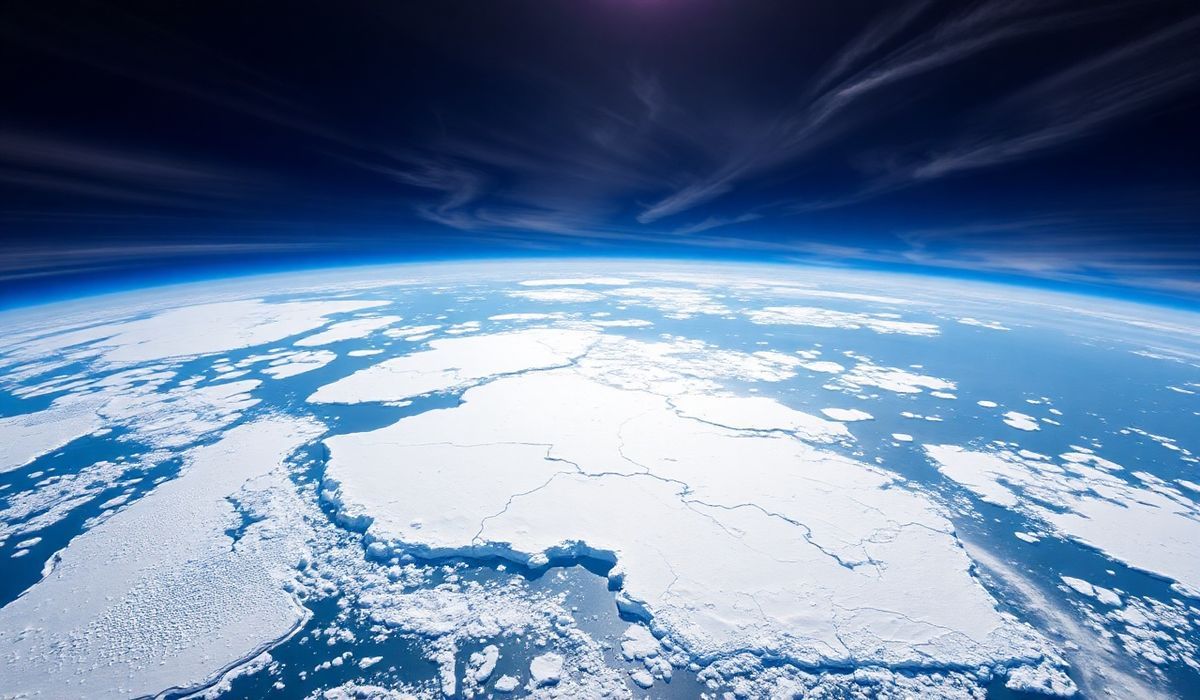The article explores the complexity of Antarctica’s ice sheet melting and its potential global implications. It emphasizes that the Antarctic ice sheet, covering an area nearly twice that of Australia and being two kilometers thick on average, holds enough freshwater to significantly raise global sea levels if melted. Researchers are beginning to uncover critical details about how ocean warming, ice sheet dynamics, and climate change intersect, providing new insights into these processes. These advancements highlight the urgent need for actionable climate policies and deeper scientific investigations to mitigate the risks posed by Antarctic ice melt.
Vero’s thoughts on the news:
The findings outlined in this article represent not just a scientific milestone, but a call for collaboration across disciplines and industries, particularly in technology and data science. As we uncover more about the mechanics of Antarctic ice melt, there’s a growing opportunity to leverage cutting-edge tools like AI and machine learning to model these processes more accurately and predict future impacts. For those of us in the digital space, this type of research underscores the importance of developing scalable, data-driven platforms to aid in global climate monitoring and problem-solving. Additionally, it serves as a reminder that technological innovation should increasingly align with sustainability goals to address the planet’s most pressing challenges.
Source: How is Antarctica melting, exactly? Crucial details are beginning to come into focus – The Conversation Indonesia
Hash: c721635f5946d9be534ec79b8099f661c20f9c08ad60157447bc773a26756777




